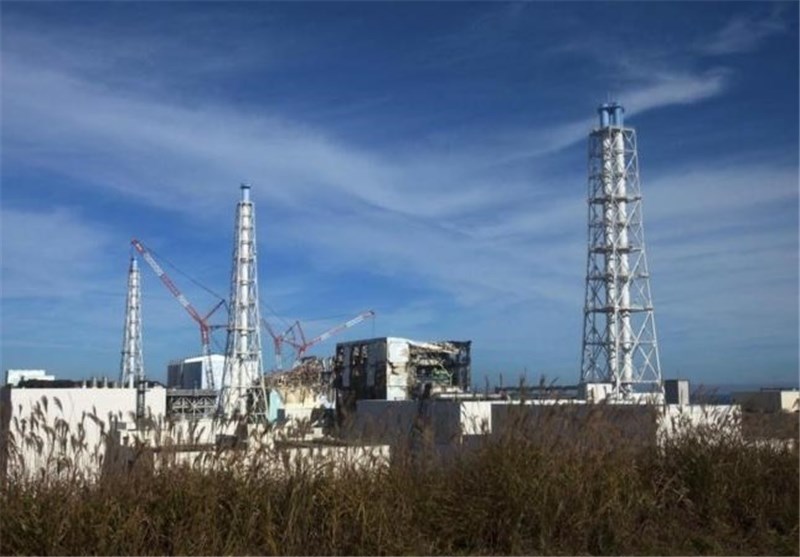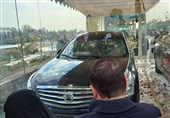Some Fukushima Fuel Rods were Damaged before 2011 Catastrophe
TEHRAN (Tasnim) – Three of the spent fuel assemblies that will be pulled from the Fukushima nuclear plant during a year-long operation were damaged before the 2011 earthquake and tsunami crippled the Japanese facility.
Tokyo Electric Power Co. (TEPCO), which operates the plant, said the damaged assemblies - 4.5 meter high racks with 50 to 70 rods of highly irradiated used fuel - won’t be lifted from the plant’s Reactor No. 4 when a large steel chamber, or cask, is employed to move over 1,500 assemblies to safe storage, Reuters reports.
In an 11-page information sheet released in August, TEPCO said one of the assemblies was even damaged as long ago as 1982, when it was bent out of shape during a transfer.
In 2010, TEPCO said that another two spent fuel racks in the reactor’s cooling pool possibly contained wire trapped in them. Rods in the assemblies have small cracks and are leaking low-level radioactive gases, TEPCO spokesman Yoshikazu Nagai told Reuters on Thursday.
The damaged racks were first reported by a Fukushima area newspaper on Wednesday, as TEPCO is preparing to decommission the plant and remove the spent fuel assemblies from Reactor No. 4.
"The three fuel assemblies...cannot be transported by cask," TEPCO spokeswoman Mayumi Yoshida told Reuters in an email response on Thursday. "We are currently reviewing how to transport these fuel assemblies to the common spent fuel pool."
TEPCO is set to begin removing 400 tons of the hazardous spent fuel, an unprecedented operation, beginning in mid-November, RT reported.
The damaged assemblies will only make the job more difficult, and could meddle with the year timeframe that TEPCO has set for removal – which is already an ambitious plan to many.
TEPCO is in the process of decommissioning the entire six-reactor Fukushima Daiichi plant after three reactors suffered core meltdowns in March 2011. Moving the fuel assemblies in Reactor No. 4 is the first priority, as their height above ground - 18 meters - is highly vulnerable to another earthquake.





